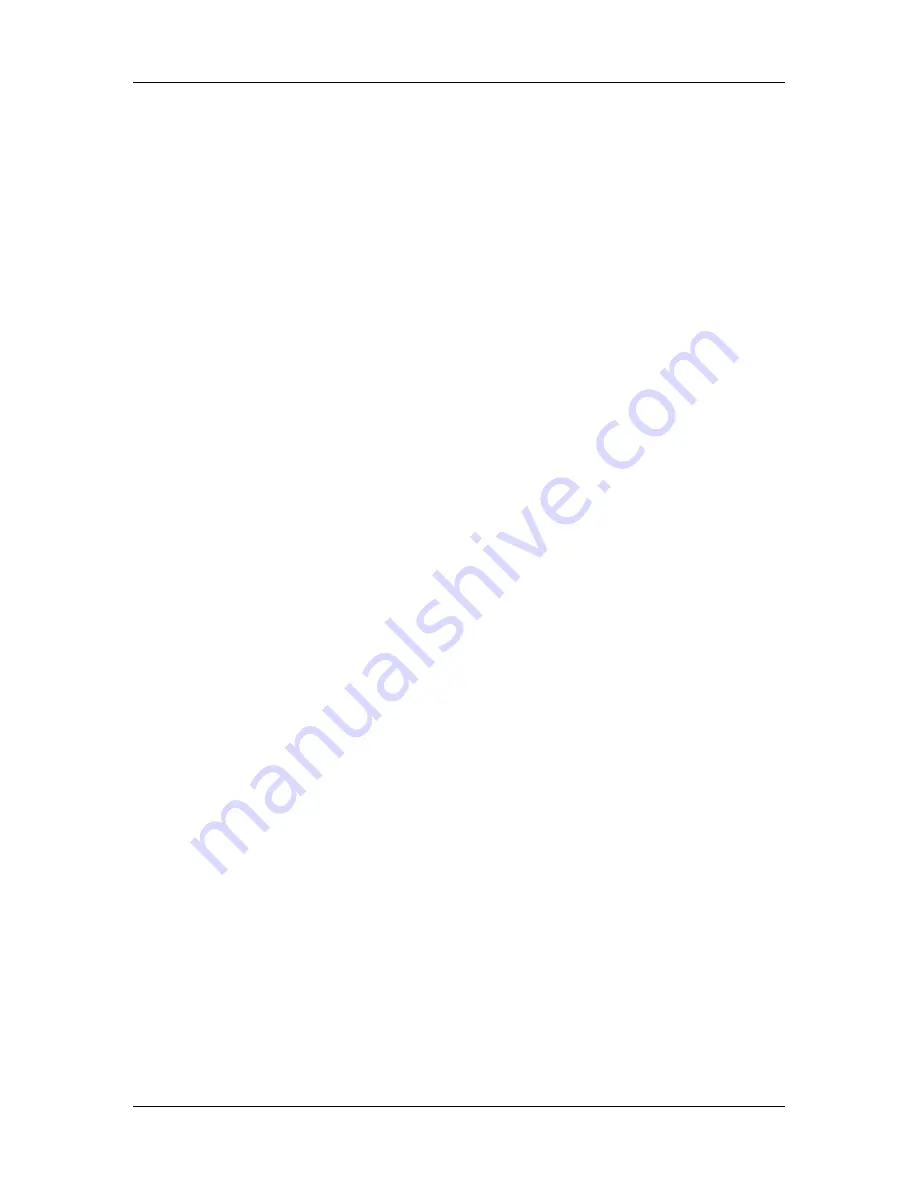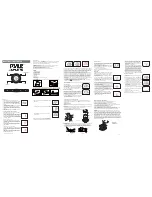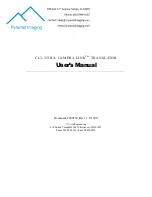
Editing Programs: Chapter 6
QuadraSynth Plus Piano Reference Manual
117
Tracking Generator
The Tracking Generator is used to scale a modulation source. For
example, normally you could modulate the Amp (volume) of a sound
using velocity; the harder you play, the louder the sound gets. The
amount of change in volume is equal to the change in velocity; this is
called linear control. If instead, however, you set the Tracking
Generator’s input to “velocity”, and then routed the Tracking Generator
to the Amp (using the Mod function), you can make your own
customized "map" of the control velocity has over the sound’s level.
The Tracking Generator divides the range of the input into 11 points (0—
10), each of which can be set between 0 and 100. If you boost the value of
one of the lower points, you make the input more sensitive in its lower
register. By creating a non-linear curve using the velocity example above,
you can scale the velocity’s control over the sound’s volume just the way
you want.
When selecting the Tracking Generator as a modulation source in the
Mod Function, these two choices will be available. When “TRACKGEN”
is selected as the modulation source, the Tracking Generator functions
normally, scaling its input as determined by its parameter settings.
When “STEPTRACK” is selected as a modulation source, the Tracking
Generator’s output will be stepped, or interpolated. This means that
instead of scaling the input linearly from point to point, the input is kept
at each point’s value setting until it goes beyond the following point’s
value setting, at which point it jumps to that setting. This feature is very
useful in creating “mini-sequences” if the modulation destination is set
to “Pitch” and the Tracking Generator’s input is an LFO using an “Up
Sawtooth” as its waveform.
Summary of Contents for QuadraSynth Plus
Page 1: ...ALESIS QuadraSynth Plus Reference Manual ...
Page 3: ......
Page 10: ...Setting Up Chapter 1 QuadraSynth Plus Piano Reference Manual 11 ...
Page 56: ...Overview Chapter 4 QuadraSynth Plus Piano Reference Manual 57 ...
Page 63: ...Editing Mixes Chapter 5 QuadraSynth Plus Piano Reference Manual 64 ...
Page 77: ...Editing Programs Chapter 6 QuadraSynth Plus Piano Reference Manual 78 ...
Page 152: ...Editing Effects Chapter 7 QuadraSynth Plus Piano Reference Manual 153 ...
Page 163: ...Editing Effects Chapter 7 QuadraSynth Plus Piano Reference Manual 164 ...
Page 178: ...Troubleshooting Appendix A QuadraSynth Plus Piano Reference Manual 179 ...
Page 179: ......
Page 191: ...Parameters Index Appendix C QuadraSynth Plus Piano Reference Manual 192 ...
















































